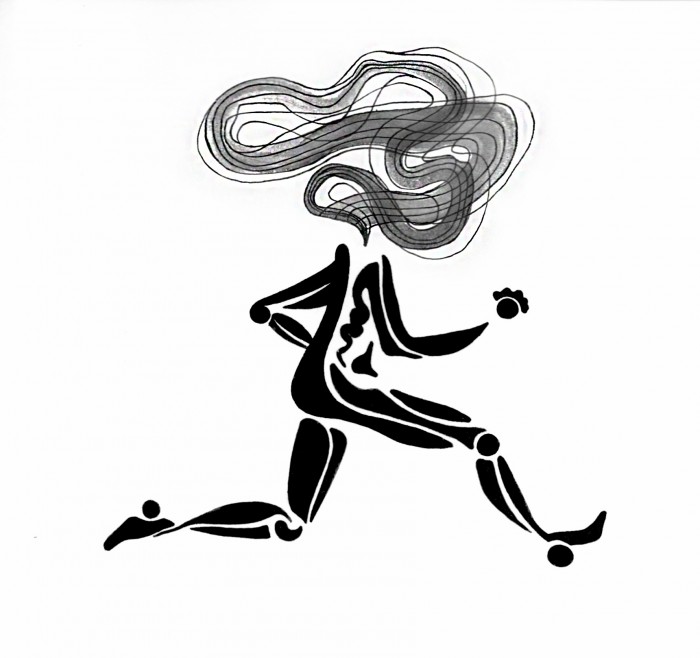Content Warning: Graphic image.
Running makes people happy, gets them fit, and adds years to their lives—it’s no wonder the sport is so popular. For many, running is the ultimate release; it’s a temporary escape from the bits of life we don’t like, and it just so happens that pounding the pavement is chock-full of health benefits. But despite its vast following, safety while running remains a common concern for many.
On March 5, Seattle, Washington runner Kelly Herron was washing her hands in a public washroom mid-run in Golden Gardens Park when she was assaulted. The attacker, a registered sex-offender, beat Herron and attempted to rape her, but she fought back and survived to share her story. In an Instagram post, Herron recalls the incident as her “biggest running nightmare” becoming reality.
Unfortunately, this is a common narrative within the running community. ‘Woman abducted while running’ and ‘female jogger stabbed’ are just a few examples of common headlines.
Megan Cheung, a first-year Master’s student and the vice president of Marketing for the McGill Students’ Running Club (McRun), is an avid runner, and she is alert to the world of gendered violence.
“Maybe it’s a stereotype in society [that females are] vulnerable, smaller, less able to physically compete if we had an attacker coming onto us,” Cheung said. “It’s good to be guarded, still [….] It is good to be cautious because [assault and harassment] still do happen.”
Though Cheung has never felt threatened while running, it is because she often sticks with a pack. For her, running within a group guarantees safety.
“Maybe I’m so biased because I’ve been exposed to running in groups, but I think that [running with others] is safety,” Cheung said. “[….] We’re always together, and there’s that sense of togetherness that you feel like, if something were to happen to you, somebody knows about it.”
However, for some, running with anyone at all may be neither an option nor a preference. Alexandra Yiannoutsos, U2 Arts, always finds time for running in her busy schedule, but often goes alone and at night—and that has proved to be enraging in some situations. From the pervasive male gaze to the occasional man stalking her, Yiannoutsos is well-aware of the realities women face when they’re out on the trails or on city sidewalks.
“I am catcalled almost every time I am out. That’s not frightening, it’s infuriating,” Yiannoutsos said. “They don’t know me, they don’t know my worth, but they choose to intimidate me because of my sex [….] It’s not flattering. I am not there for men to ogle at.”
Equipped with bear spray and emergency money, Yiannoutsos is always prepared for the worst—yet she remains outraged that those precautions are necessary.
“It’s bullshit that we are responsible for our own safety against violence because we are not the source [of this violence],” Yiannoutsos said.
She is not the first to address the problem with placing the burden of gendered violence on women, rather than on their attackers. Following the deaths of three female runners in Michigan, New York, and Massachusetts over the course of nine days in August 2016, writer and runner Meghan Kita published an article in Runner’s World Magazine addressing sexism in the running community. As a response to the multitude of articles on ‘staying safe,’ Kita called out the community for insinuating that victims of attacks are responsible.
“Women know ‘what to do to stay safe,’” Kita wrote. “The best practices of being aware of your surroundings, trusting your gut instincts, and staying within shouting distance of people who might be able to help in case of emergency are instilled in women from an early age, and they’re not just useful while running.”
Most women are familiar with the 101 on safety and strangers that they were given as young girls. From being aware to being visible, there are many techniques that could potentially save one’s life mid-run. While it’s frustrating that the burden of these precautions falls on women, they have proven they know how to fight back—and that they will.









